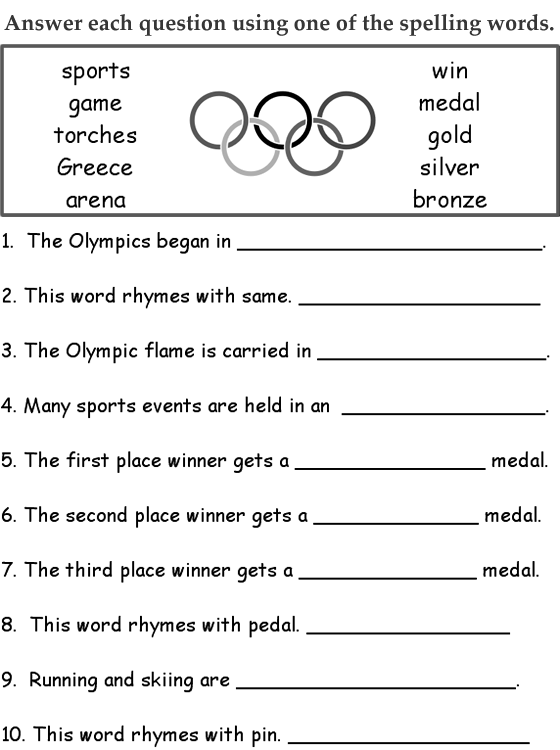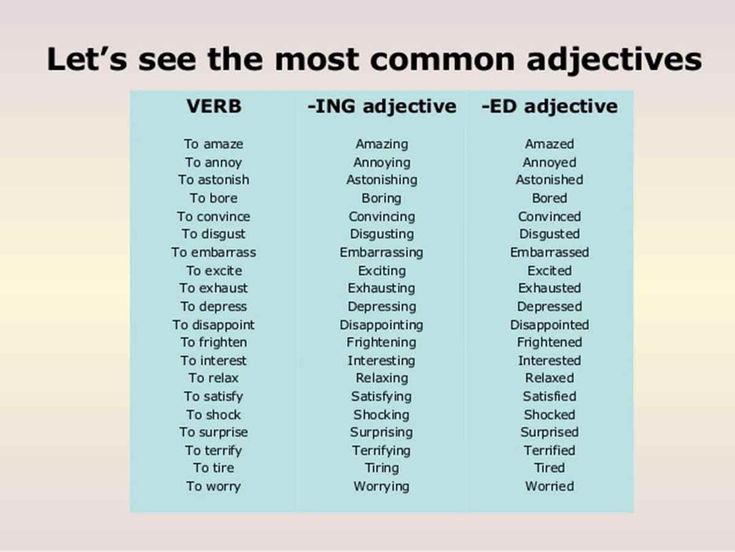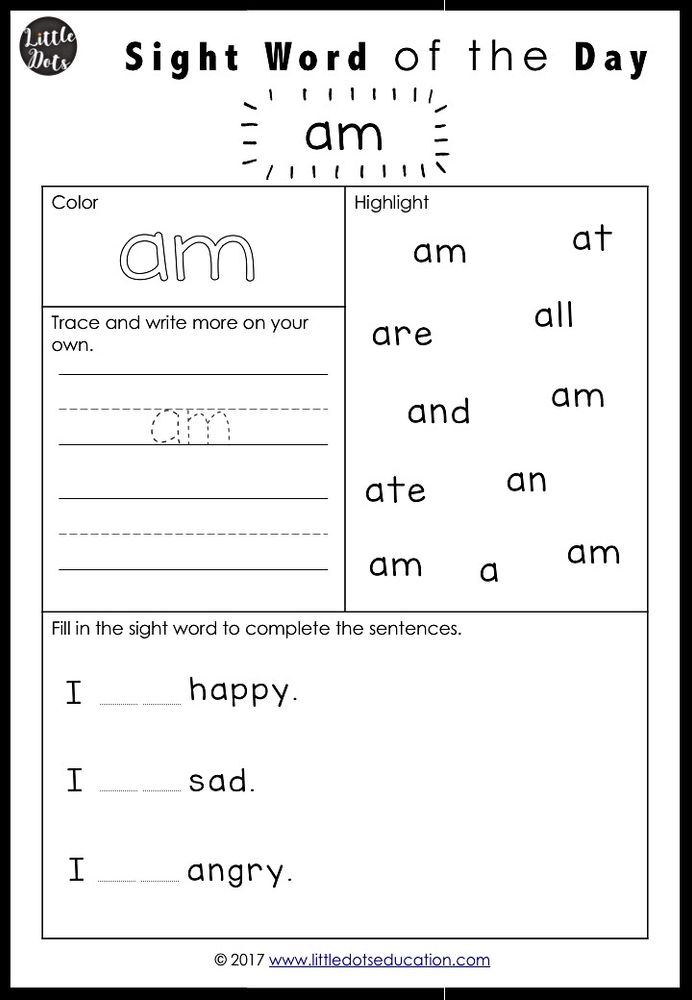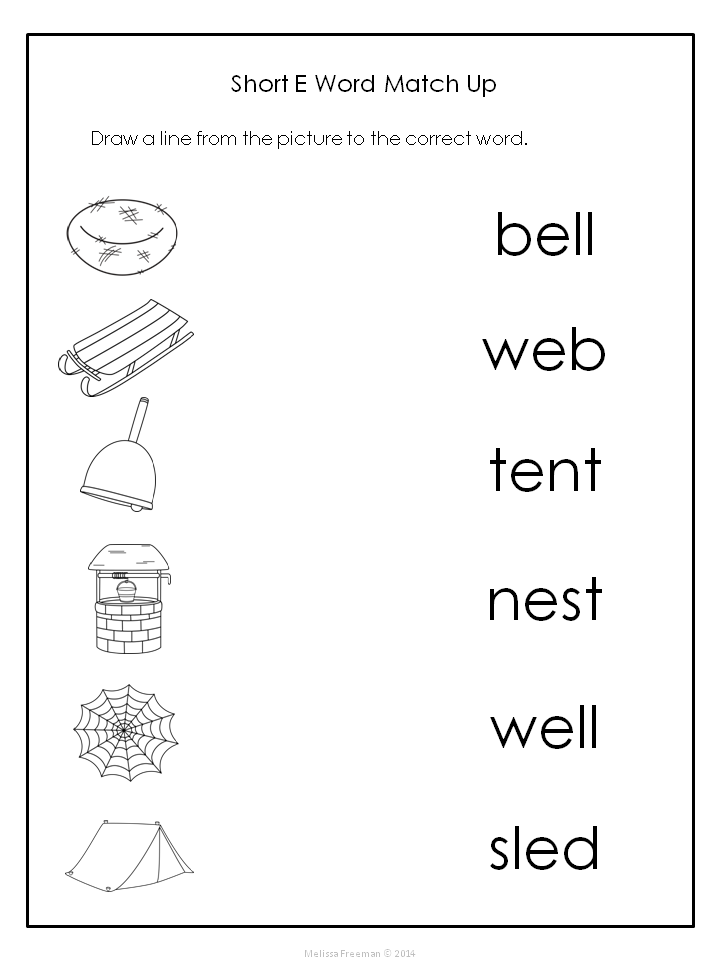Fun ways to practice sight words at home
17 Ways to Practice Sight Words at Home (that don't involve flash cards)
Parenting
This post may contain affiliate links. Purchasing through them helps support this website. This post may also contain items gifted for consideration.
Do you want to know how to help your child practice their sight words without hours of flashcards? Here are 17 FUN ways to practice sight words (that will leave you with time to play)!
Last school year, a whole bunch of my friends kids started kindergarten. For the first time in my many years of teaching……my personal and my professional lives mirrored each other. I'd never had friends with elementary school age kids until then!
Three different friends at three different schools? All texted me the EXACT same question within the first couple days of school.
WHAT IS THIS SIGHT WORDS THING?!?!
There are two major parts of learning to read. Putting sounds together (phonics and phonemic awareness) and memorizing sight words. Sights words are commonly used words (like the or and) that appear very frequently in early reading materials. They also (for the most part) can't be sounded out. So, kindergarten and first grade teachers…..ask families to help kids memorize them. Sight words (sometimes referred to as rainbow words) are divided into smaller groups of 8-10 words at a time. Kids are often tested on the words each week, as they pass each “set” of words…..they'll be given a new list (this is a great list of words that are generally expected for each grade level, but I'd ask each teacher if they divide them into a certain order).
So, how in the world can YOU help your child learn these sight words? Today I'm sharing 17 ways to practice sight words at home that don't involve boring drill and kill flashcards.
- Word of the Day: tape one or two words written on an index card next to the front door, as EVERYONE in the family leaves or enters the house…..ask them to touch the word and yell it out.
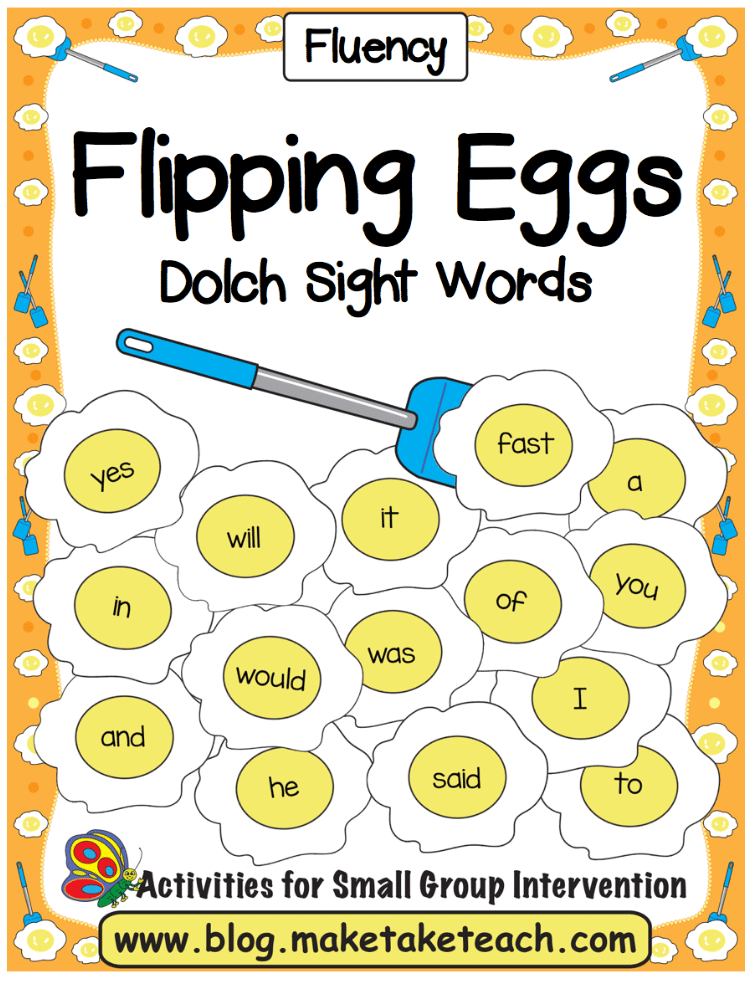
- Jump to Read: write the words your child is practicing in chalk outside, spend five to ten minutes a day jumping from word to word and calling them out.
- Eat the Words: write this weeks' sight words in whipped cream or frosting, eat one word treat a day (after reading it of course).
- Spell Them Out: Use alphabet pasta (dry) to spell out each word (glue them onto a piece of cardstock for future practicing).
- Concentration: Play concentration with matching sets of sight word cards.
- Bath Time: Write words in the bathtub with bath crayons.
- Shaving Cream: Spread shaving cream onto a plastic tray and write the words with your finger
- Tic Tac Toe: Play tic tac toe (using two sight words instead of x and o).
- Magnets: Build sight words each day with letter magnets on the fridge.
- Sight Word Search: Hide two or three sight words around the house (written on a post it). Have your child find them (each day hide them in a new place).
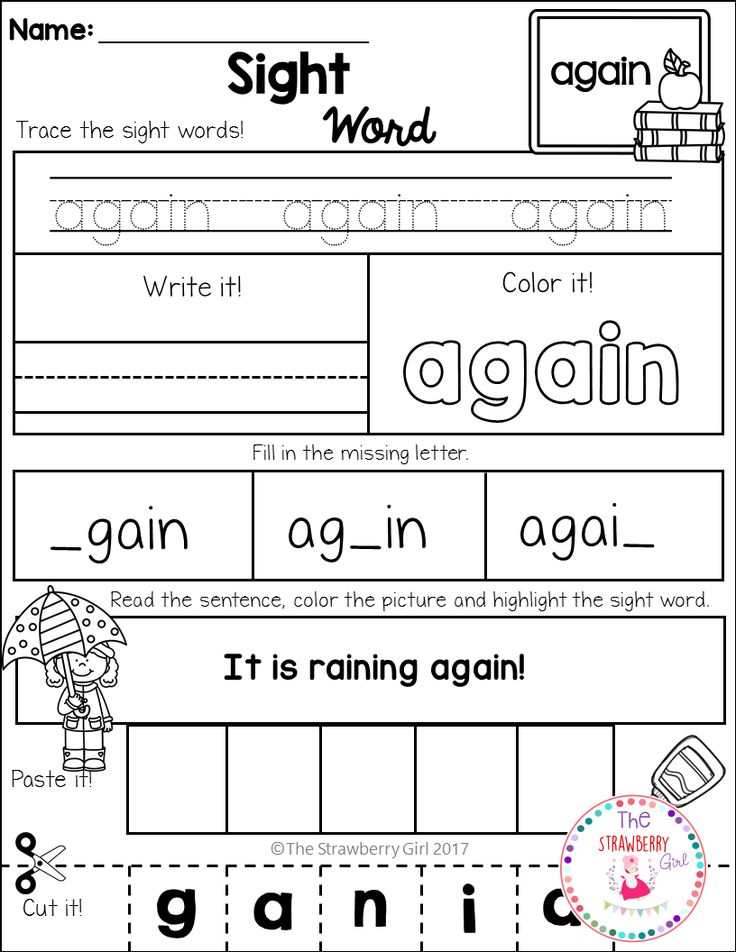
- Note of the Day: Each day write your child a short note (1-3 sentences). Include the words they are practicing. Ask them to circle those words in crayon(bonus points for letting them use their favorite color).
- Use alphabet cookie cutters and playdough to spell out the words.
- Put letters onto a set of legos and BUILD the words.
- Catch: Use a sharpie to write each word from your child's current set on different parts of a beach ball. Toss the ball back and forth, yelling out the words that face up each time.
- Roll the Die: Create a set of die (large size) with a word on each face. Roll and read.
- Memory: create pairs of sight words and play memory.
- Sight Word Detective: look for focus words in your favorite story each night.
Better than flashcards right? Sight words are all about repetition, so it's a lot better to make it fun.
Looking for more school tips?
Check out: // How to Prepare for Kindergarten / Back to School:Tips for Making the First Day Easy//
Do you have more questions about learning to read? Leave them in the comments for me!
teacher to parents
Sight Word Activities for PARENTS
in activities, ELA, homework, kindergarten, parental involvement, printables, sight words - 9 comments
Last week, after a meeting at church, I chatted with a sweet friend.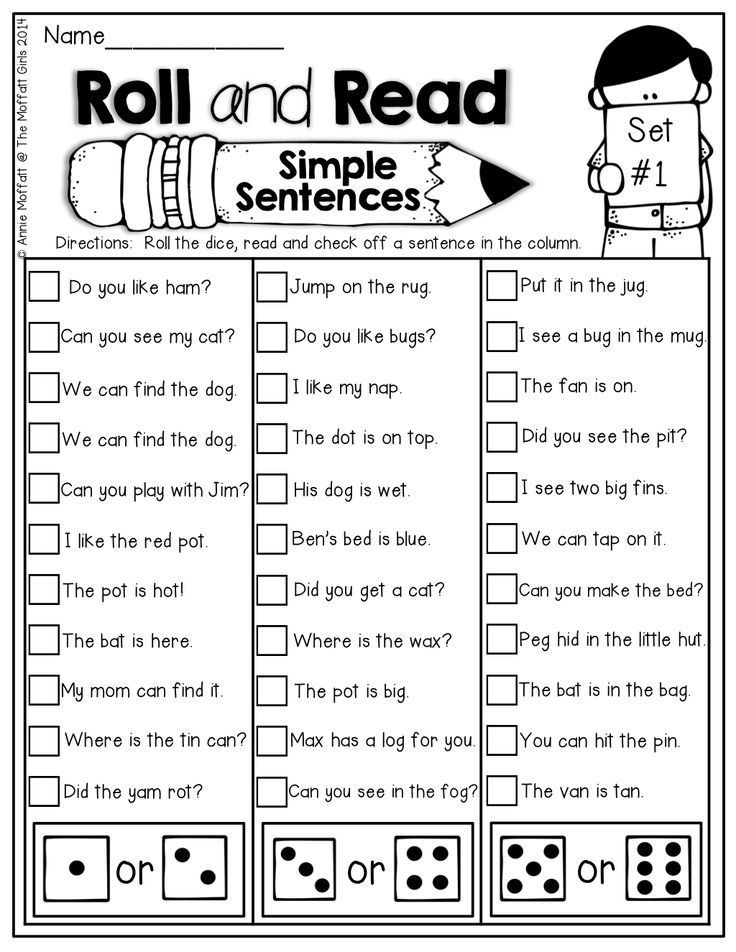 She asked me, "Liz- what in the world are SIGHT WORDS, and do you have any ideas for how my daughter and I can practice them at home?" (Her cutie had just started Kindergarten...) Before long, a few other Moms joined in on the conversation, and I knew right away I wanted to write a blog post sharing EASY and FUN sight word activities that parents can do at home with their kiddos.
She asked me, "Liz- what in the world are SIGHT WORDS, and do you have any ideas for how my daughter and I can practice them at home?" (Her cutie had just started Kindergarten...) Before long, a few other Moms joined in on the conversation, and I knew right away I wanted to write a blog post sharing EASY and FUN sight word activities that parents can do at home with their kiddos.
Just as parents help their child study for a weekly spelling test, they can also help their child read and review their weekly sight words. This blog post is filled with ideas for PARENTS to help their children practice and review their sight words at home to compliment what the teacher is doing at school.
Sight word activities at home should be...
1. Tactile/Hands On
2. Games/FUN
3. Visual
You want your child to have an opportunity to build, touch, and experience the sight words so that his or her brain can make a connection between the letters and the word itself. It's all about exposure, repetition, and practice.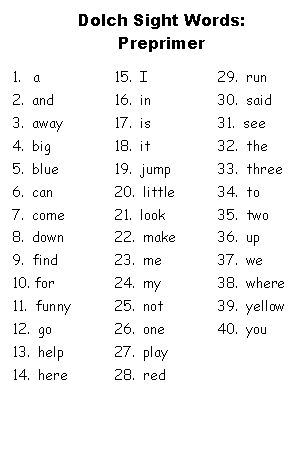
1. Glitter Sight Word Flip Books
(This video explains how to make them.)
2. Whipped Cream/Shaving Cream Writing
Spray some whipped cream or shaving cream on the counter or table. Have your child spread it out and then practice writing his sight words. Provide a flashcard or list for reference. It's all about practice, repetition, and exposure to the words. Don't worry if your child needs to look at the word list.
3. Sand/Sugar letters
Get a school supply box or cookie sheet with edges and fill it with play sand or granulated sugar. Have your child practice writing sight words in the sand with his or her finger. It's all about the touch! *Hint: You do not need very much sand!*
4. PlayDoh
Flatten a piece of play doh and use a toothpick or skewer to write sight words in the PlayDoh. Kiddos can also form long snakes with the PlayDoh and then build the words with PlayDoh.
5. Build the Word
Build the word using magnetic letters, cut up pool noodle pieces, alphabet cereal, or with yummy items from the pantry!
Brynn had a blast with this pool noodle sight word activity. Such a cutie.
Such a cutie.
Find out more about the pool noodle sight words.
PULL AND PEEL TWIZZLERS
They are so easy to bend and shape. So much easier and less messy than PlayDoh. Delicious too! :)
Sight Word Snacks: Pull and Peel Twizzlers, pretzel sticks, raisins, chocolate chips, spaghetti noodles, Cheerios, Cheez-It letters, animal cracker letters, string cheese...
6. Go Fish
Make a set of playing cards with index cards using the words of the week or the words your child needs to review. (2-4 per word) Deal the same number of cards to each player and then leave a "Go Fish" pile in the middle.
7. Memory
Make a set of playing cards using the words of the week. (Two per word) Place all of the cards upside down. Each player flips over two cards and reads the words aloud. If the words match, the player keeps the pair. The player with the most matches wins. *If you child has A LOT of words to learn, start with just a few and then add more to the memory game as they become more comfortable with the words.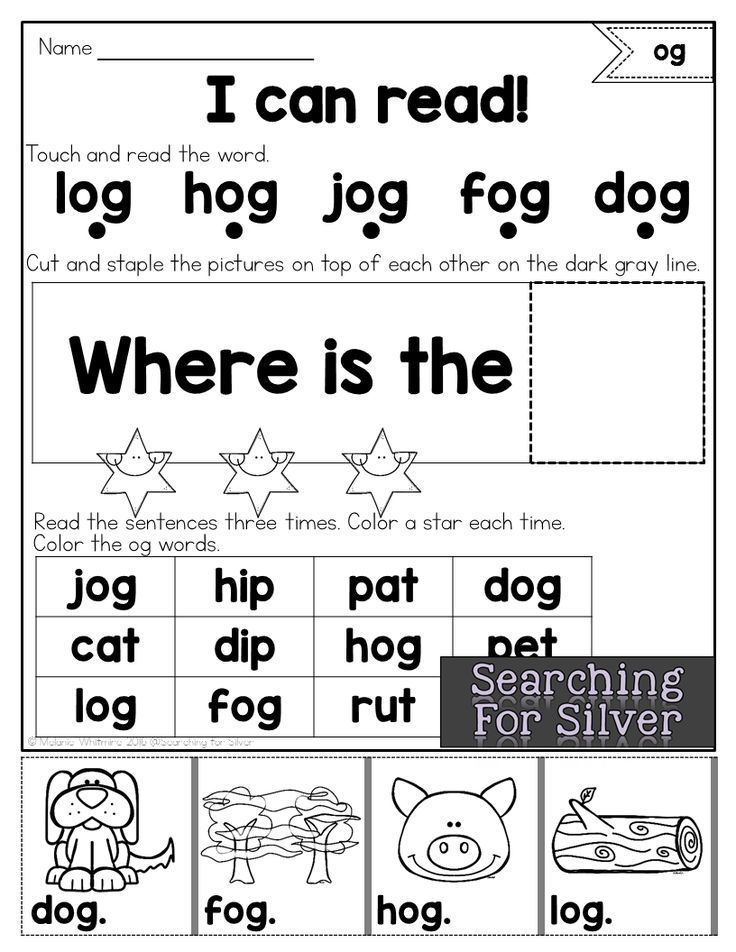 Your child will be extremely frustrated if they have 20 cards in the game and they can't read any of them, so start simple.*
Your child will be extremely frustrated if they have 20 cards in the game and they can't read any of them, so start simple.*
8. Hopscotch
Grab some chalk and make a hopscotch board in your driveway. Fill in the week's sight words, and have your child hop across while practicing the words. While you are outside enjoying the weather, let your child decorate the sidewalk or driveway with all of his or her sight words.
9. Hide & Seek Sight Words
Write the weekly sight words on sticky notes. When your child is not looking, hide the words all over the house! After you hide the words, let your child loose to go find all of the hidden words. For extra practice, your child can write the words after he or she finds them. This game is so easy and endless fun!
Tip: Collect found words on a clipboard.
10. Printable Board Games
I love this editable game from Playdough to Plato. It's FREE! I love that you can type in the words that you want on the game board.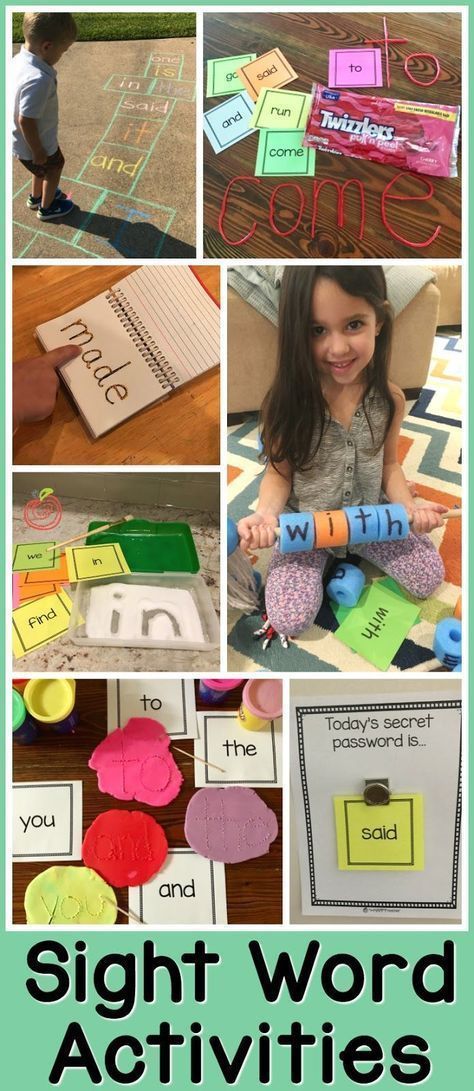 So cute and fun for practicing new sight words. (If you don't have a TpT account, you will need to sign up to download the freebie.)
So cute and fun for practicing new sight words. (If you don't have a TpT account, you will need to sign up to download the freebie.)
11. SWAT Game
Write all of the weekly sight words on index cards. Grab a fly swatter. Yes, a fly swatter. :) Call out one of the words. As quickly as possible, your child SWATS the word with the fly swatter. Silly fun! If your child is struggling with ALL of the words, just start with 2-3words. Add a few more words as they become more familiar with the words.
12. Sight Word Password
Kids love secret passwords. Use this love of passwords to help learn sight words. Pick the trickiest word of the week and make that the "password." Write it on a big piece of construction paper and post it somewhere in your house that gets a lot of traffic (i.e. the bathroom, the fridge, the pantry...). To enter the pantry, everyone in the family must read the password.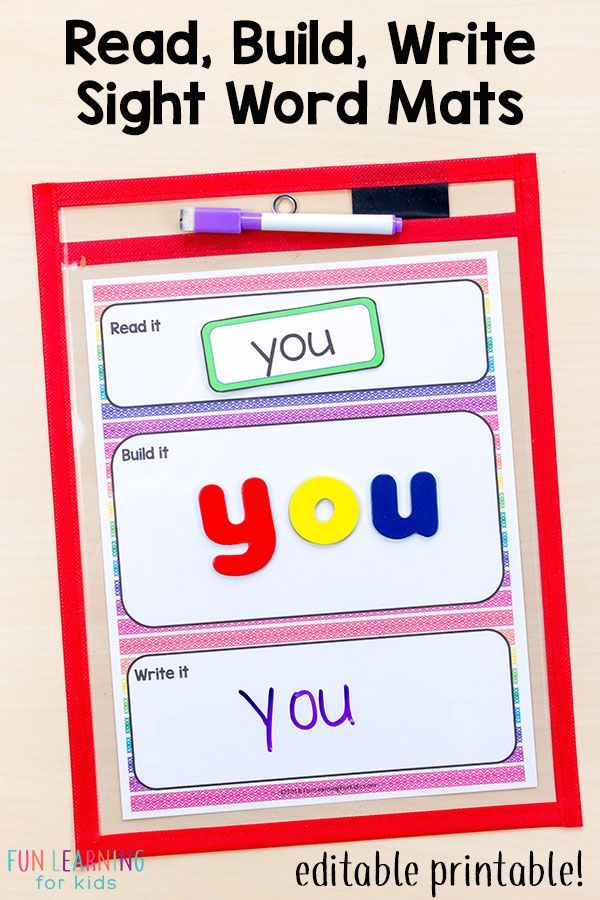 Hearing Mom, Dad, and older sister say the "password," as well as looking at it and making a connection with it throughout the week will help your child remember it as well. Remember, it's about exposure, repetition, and practice.
Hearing Mom, Dad, and older sister say the "password," as well as looking at it and making a connection with it throughout the week will help your child remember it as well. Remember, it's about exposure, repetition, and practice.
If you are a teacher, please feel free to share the link to this blog post with parents in a weekly e-mail, class newsletter, during Parent Teacher Conferences, etc. Please e-mail me at [email protected] if you have any questions.
If you would like to download the sight word cards I used, visit my TpT store.
Eye Exercise: Top 10 Exercises
Health
© Amanda Dalbjörn/Unsplash
Author Uliana Smirnova
01 February 2021
During long and focused work with gadgets, discomfort, dryness and redness of the eyes may appear. These are the first signs of visual impairment. Eliminate them, and at the same time strengthen the muscles of the eyes, allows special visual gymnastics.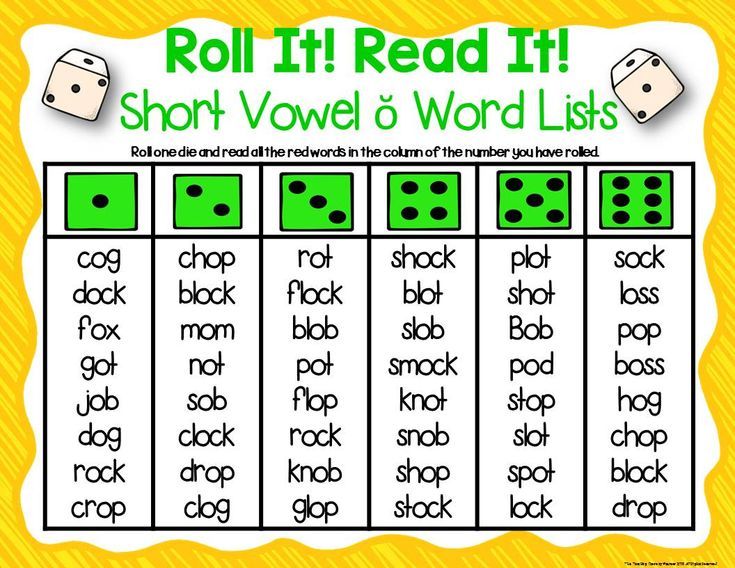
Our eyes, like our bodies, need regular exercise. Pink has selected a set of simple and effective practices that will not take much time and will bring tangible benefits. They strengthen the eye muscles, improve focus, relieve tension and fatigue. To feel the result, try exercising for 10-15 minutes a day.
Before exercising, remove glasses or contact lenses to avoid injury to the cornea. It is important not to overstrain the eyes and increase the load gradually. And after performing each exercise, it is recommended to close your eyes for a few seconds to give them a rest. If you have eye diseases, consult an ophthalmologist before conducting visual gymnastics.
1. Gently press on the eyelids
Advertising on RBC www.adv.rbc.ru
This exercise quickly relieves tension in the eyelids, normalizes the outflow of intraocular fluid and helps to prepare for visual gymnastics. First of all, wash and dry your hands thoroughly. Close your eyes and start breathing deeply and slowly.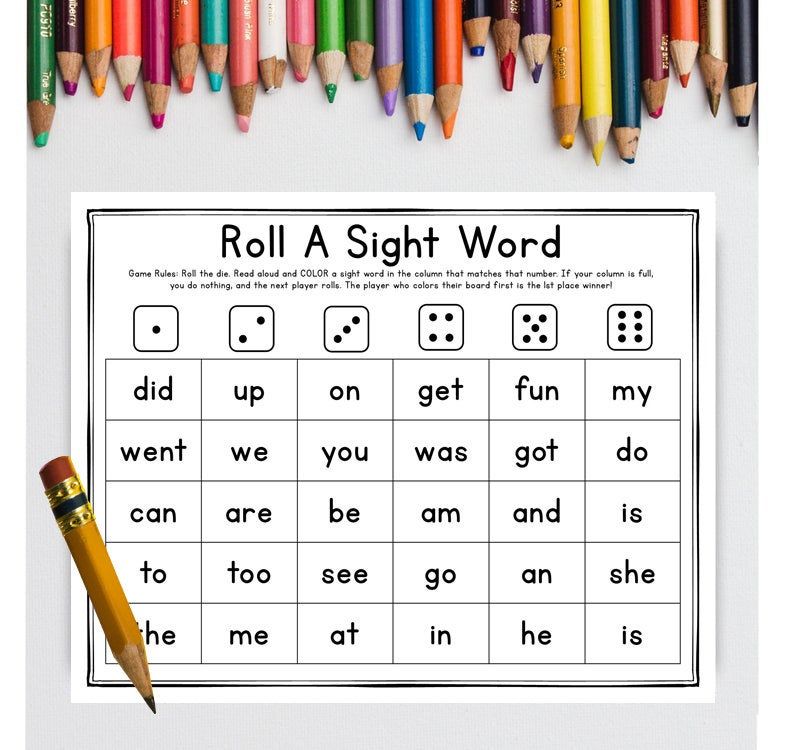 After that, warm up your palms by intensively rubbing them together. Now gently press your fingers on the upper eyelids and massage them with light circular motions for two minutes. The fingers of the right hand should move in a counterclockwise direction, and the fingers of the left hand in a clockwise direction. This gentle pressure on the eyelids activates blood circulation in the area around the eyes.
After that, warm up your palms by intensively rubbing them together. Now gently press your fingers on the upper eyelids and massage them with light circular motions for two minutes. The fingers of the right hand should move in a counterclockwise direction, and the fingers of the left hand in a clockwise direction. This gentle pressure on the eyelids activates blood circulation in the area around the eyes.
2. Look out into the street
You will need small stickers for this exercise. You can also make circles with a diameter of 3-5 cm from plasticine or paper. They need to be glued to the window glass. When you're done, move half a step away from the window and select any object located on the street. It can be a pole, a flower bed or a car. Then start "switching" the focus of your vision from the sticker to the selected object and back. At the same time, try to consider each of them as best as possible. If there is no opportunity to get up to the window, try the light version of this task.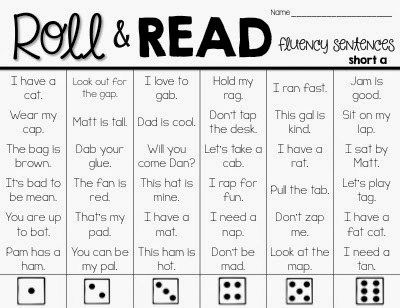 For 15-20 seconds, carefully look at any object that is in the distance. Now look at your wristwatch or your index finger placed directly in front of your nose.
For 15-20 seconds, carefully look at any object that is in the distance. Now look at your wristwatch or your index finger placed directly in front of your nose.
3. “Draw” the letters
Drawing in the air allows you to relax not only the eye muscles, but also the neck. Close your eyes and imagine that a felt-tip pen or an art brush is attached to the tip of your nose. To get started, try drawing a few letters in the air, alternating their size each time. Some letters can be stretched over the entire wall, while others can fit on some small object. For example, on a TV or refrigerator. At the same time, it is not at all necessary to “draw” only letters with an imaginary pen. You can try to depict vertical and horizontal figure eights, geometric shapes and various simple illustrations.
4. Connect peripheral vision
Take any comfortable position, preferably sitting. Restore even and slow breathing. As you inhale, gently move your eyes to the right, "all the way. " Try to focus on what you saw. As you exhale, return your gaze to the starting position. Now look as far to the left as you can. The neck and head during the exercise remain motionless - only the pupils should work. At the same time, it is important to look from side to side with the maximum possible amplitude, but you can’t overstrain your eyes. If you feel that they are tired, rest. By the same principle, try to look up and down, then diagonally: up-left and down-right, up-right and down-left. Repeat the cycle four times.
" Try to focus on what you saw. As you exhale, return your gaze to the starting position. Now look as far to the left as you can. The neck and head during the exercise remain motionless - only the pupils should work. At the same time, it is important to look from side to side with the maximum possible amplitude, but you can’t overstrain your eyes. If you feel that they are tired, rest. By the same principle, try to look up and down, then diagonally: up-left and down-right, up-right and down-left. Repeat the cycle four times.
5. Concentrate on the tip of the nose
While breathing deeply and slowly, look at the tip of the nose. Focus your eyes on it, mentally count to three and smoothly return to your usual position. Then look up and look between the eyebrows - in the area of the third eye. Stay there for 3-4 seconds, close your eyes and do the exercise again. After two weeks of systematic training, the delay time at the upper and lower points is recommended to be gradually increased to several minutes.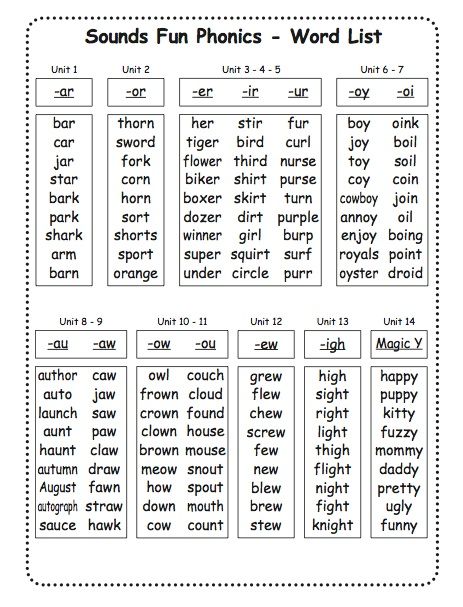
6. Close your eyes tightly
Sit in a chair with your back straight and your neck slightly extended. Now blink at a fast pace for a couple of minutes. Eyelid movements should be very light. Try to imagine that these are the wings of a butterfly. If in everyday life you try to purposefully blink more often, your eyes will become less dry and tired. After blinking vigorously, close your eyes tightly and mentally count to five. Then raise your eyebrows and open your eyes as wide as possible. This exercise allows you to quickly relieve eye strain, normalizes the tone of the eye muscles and activates blood circulation.
7. Look through your fingers
© aki tolentino/unsplash
Sit or stand up straight with your head straight. Then bring your hands to your face at eye level and spread your fingers wide. Now begin to smoothly and slowly rotate your head from side to side, alternately closing and opening your eyes. At the same time, you need to look not at your hands, but through the "lattice" of your fingers - into the distance.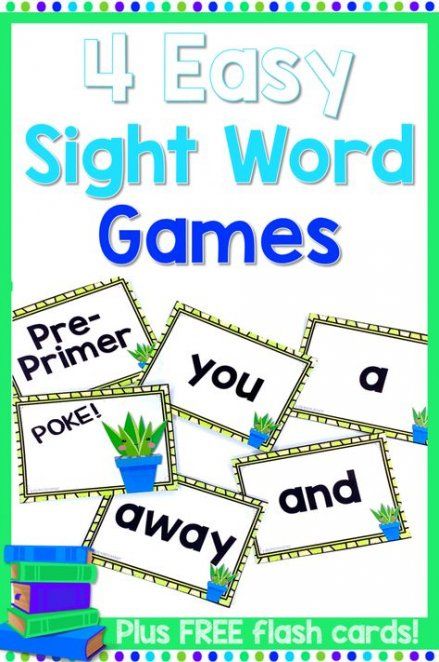 If you do everything right, there is an illusion of movement of the fingers. Do 20-30 such turns. Then rest for 2-3 minutes and repeat the exercise.
If you do everything right, there is an illusion of movement of the fingers. Do 20-30 such turns. Then rest for 2-3 minutes and repeat the exercise.
8. Focus your eyes
Stretch your right arm out in front of you and raise your thumb or index finger. It should be at a distance of about 30-40 cm from the eyes. Focus on the finger, and then slowly move it in and out of your face. It is desirable to move the hand in different directions: left-right, up-down, diagonally from right to left and left to right. The main task is to carefully monitor each movement of the finger and not take your eyes off it. At the same time, try to bring your finger closer to the pupils until the papillary pattern is clearly visible on the surface of the skin. You can also use a ribbed ballpoint pen or any other object with a fine texture to practice your vision.
9. Stretch your neck
Stand straight, place your hands on your belt and straighten your shoulders. Now turn your head to the right side, stretching your neck as much as possible. For a few seconds, carefully look at the elbow of the right hand. Then tilt your head down, close your eyes and let your muscles relax. Now, in the same way, turn to the left and focus on the elbow of the left hand. Return to the starting position and do the exercise five times in each direction.
For a few seconds, carefully look at the elbow of the right hand. Then tilt your head down, close your eyes and let your muscles relax. Now, in the same way, turn to the left and focus on the elbow of the left hand. Return to the starting position and do the exercise five times in each direction.
10. Palming
© Meg/Unsplash
The easiest way to relieve stress is to palm. Take any comfortable position, fold your palms in a “cup” and cover your eyes. Do not forcefully press on the eyelids - they should open and close freely. There should be no “gaps” between the fingers that allow light to pass through. It won't let the muscles relax. For convenience, the elbows can be put on the table. Try to breathe evenly and deeply. Try to imagine something pleasant as realistic as possible. For example, a deserted beach, a beautiful flower or a tropical forest. Thoughts and extraneous sounds should not distract you. After five minutes, slowly move your hands away, let your eyes get used to the light and open them. To achieve the best effect, ophthalmologists recommend practicing palming to pleasant and relaxing music.
To achieve the best effect, ophthalmologists recommend practicing palming to pleasant and relaxing music.
Doctor's comment
Oksana Ageenkova, head of the GMS Clinic ophthalmology
Our eyes are being severely tested: we can no longer imagine life without computers, tablets and smartphones. The working day for most of us is spent at the computer, and relaxing at home is associated with watching movies or chatting on social networks. There are seven rules for maintaining eye health.
- Proper lighting . Visual load in the dark is harmful. In twilight, the pupil dilates, intraocular pressure increases. In the dark, our eyes are stressed more than usual. The muscles that provide accommodation (the ability of the eye to clearly distinguish objects) of the eye suffer to a greater extent. The light should be evenly distributed throughout the room, and the workplace should be additionally illuminated.
- Moisturizing. Room temperature comfortable for the eye surface is 18–20°C and humidity 45–60%.
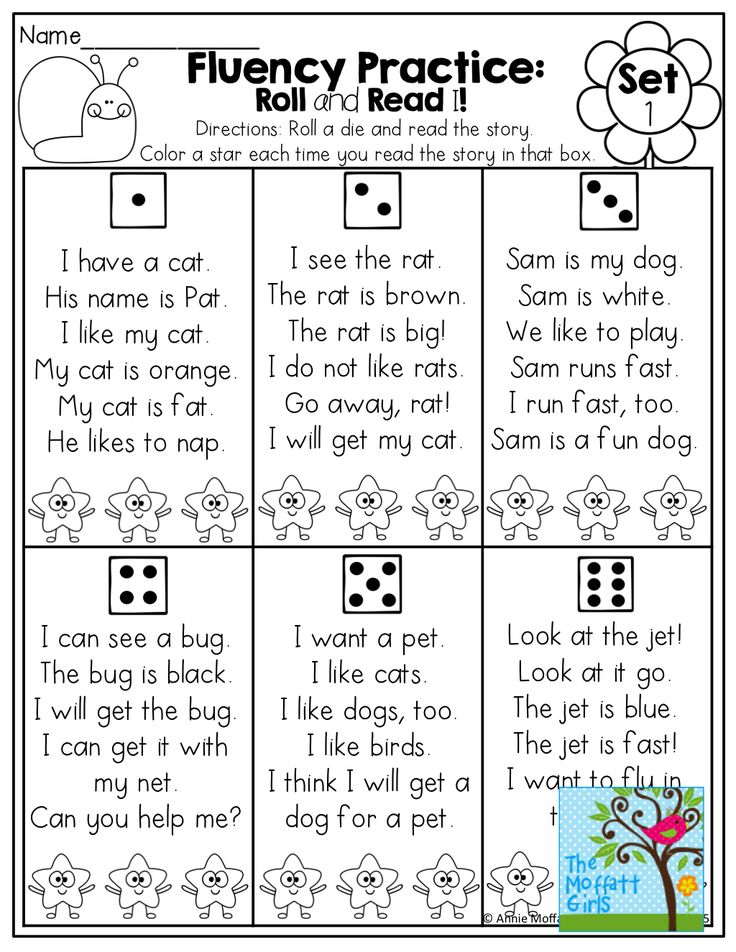 With any load, we blink less often, the surface of the eye is poorly wetted and does not receive proper moisture, especially in the winter season. With dry eye syndrome, it is imperative to use moisturizing drops.
With any load, we blink less often, the surface of the eye is poorly wetted and does not receive proper moisture, especially in the winter season. With dry eye syndrome, it is imperative to use moisturizing drops. - Outdoor recreation and walks . According to recent studies, neuroscientists have proven that the active production of dopamine in the structures of the retina (neurons, cones and rods) occurs in daylight. It has a beneficial effect on the lengthening and enlargement of the eyeball, contributes to the preservation and health of the eyes. The key to good vision is a daily walk during the daytime for at least 90 minutes. Pamper and take care of yourself daily.
- Rational nutrition. This is one of the factors that contribute to good vision. Eating fats and B vitamins. Regular consumption of healthy fats helps maintain visual acuity in old age. Fish, avocado, oils, eggs, etc. contribute to the secretion of the meibomian glands.
- Sufficient water intake .
 Maintaining water balance is an important condition for maintaining eye health.
Maintaining water balance is an important condition for maintaining eye health. - Sun protection . Ultraviolet rays are damaging. The goggles help reduce eye strain in bright daylight and protect them from wind and dust. It is worth noting that it is not recommended to neglect sunglasses for people with an existing accumulation of pigment or moles in the eyelid area.
- Annual medical check-up . If there are no problems with vision, once a year you need to go to the ophthalmologist for prophylaxis. For those who wear glasses or lenses - for the selection of corrective means. And if you notice that your vision has deteriorated, there is discomfort, a feeling of sand in the eyes and other symptoms, you should not delay going to the doctor or self-medicating. If your relatives have a disease such as glaucoma, you need to be especially vigilant: you need to know and measure intraocular pressure once a year.
8 unbeaten ways to recharge your batteries
June 10 Productivity
Active recreation, the right goals and other sources of strength in case the internal batteries are completely dead.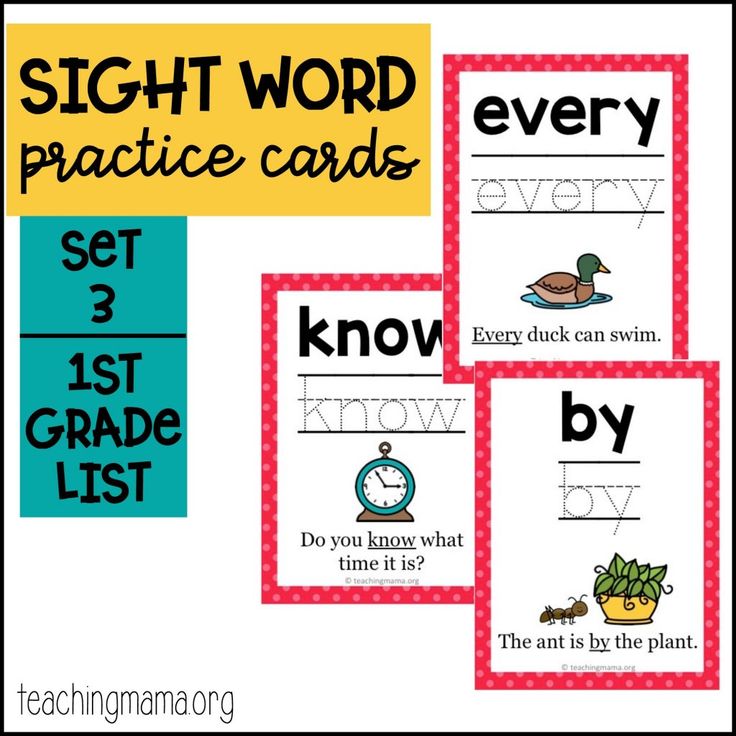
You can listen to the article. If it's more convenient for you, turn on the podcast.
1. Remember the three axioms
Sorry, we promised new and unhackneyed ways, but first we have to remind you of something banal. You already know that you need to sleep well, eat and exercise. We will not decipher, anyway, few people follow this. Let's say a few words about the introduction of healthy lifestyle into the daily routine.
How to get energized through exercise
Work out during your lunch break or at least go for a walk. In 2004, researchers from the University of Leeds found that employees who attend a corporate gym show better results and cope with stress more easily. In addition, they like work more, they experience less stress, they do not feel tired in the afternoon, despite the energy expended during training.
How to get more sleep
Rearrange the alarm clock. Let it ring not in the morning, when it's time to get up, but in the evening, when it's time to go to bed.
As John Duran says in Paleomanifesto, the technique of setting an alarm for the evening is a very useful technique to remind yourself that it's time for bed. The signal should sound one hour before lights out. After a reminder, you need to complete all the work, turn off the TV and extra lights, gradually get ready for bed.
How to Eat Healthy
Ask yourself, "What would Batman eat?" This advice comes from Cornell University professor Brian Wansink.
When deciding whether or not to eat dessert, consider what your childhood idol would do. If it doesn't work the first time, ask yourself the question three times. It will be easier to make a sound decision.
The boring and the obvious have been dealt with. To get energy at the right time, there is no need to mock your body. It's better to change the schedule.
2. Find out when you are cooler
Do you know how jet lag affects people? When, for example, a football team crosses three time zones to play, its chances of winning are halved, even if the opponent is weaker.
But we're not talking about athletes now. It’s just that if you are a pronounced owl, then it’s stupid to plan important tasks for eight in the morning.
Pay attention to your circadian rhythms and stay in the black: Athletes win and break records when they adjust race times to match their internal clocks.
One of the studies highlighted in David Randall's book "The Science of Sleep" showed that records in running, powerlifting, swimming were more often set by athletes whose competition schedule coincided with the second period of daily activity. In the long jump, for example, athletes at the peak of energy showed a result that was 4% better than average.
Did you set up synchronization with the internal clock? Super. Now we are learning to let go.
3. Set the right goals and don't tell anyone about them
Maybe you have relative goals: "I want to be better than Sasha." Or maybe objective: “I want to get the highest score on testing.”
But if you want to increase the level of energy, then one goal should remain in your head: to become better.
Research by American psychologist Heidi Grant Halvorson shows that a focus on improvement increases the desire to work. We work with interest and passion when we think about progress, and not just about the task. Interest does not make you work with all your might, but fills you with energy.
It's not that hard. Just think about how to make everything you do better.
And now the second part: keep quiet. Research has shown that you shouldn't talk about your goals if you don't want to unleash the energy needed to achieve them. Scientists have concluded that pleasant fantasies do not come true because they do not provide energy to move towards the desired future.
So, we tuned in for the best and remembered that happiness loves silence. Where to get energy?
4. Be optimistic
Fully armed soldiers need to march 40 km. But some were told that the distance was 30 km. Others say that they will have to walk 60 km.
After completing the forced march, the researchers measured the levels of stress hormones in the blood of both groups. What happened? It turned out that stress does not correspond to reality, but to expectations.
What happened? It turned out that stress does not correspond to reality, but to expectations.
What do we conclude? Everyone gets what they expect.
The brain does not like to force the body to waste resources until it sees a real chance to win. Physical strength is not available as long as there is no faith in success, because there is no worse situation for the human body than to waste all resources and fail. At the moment when confidence appears, the gates open through which the flow of energy flows. Hope or despair is what we program ourselves for, say the authors of the book Maximum Brain Power.
Optimists have more energy. Pessimists have more stress. Everything depends not on objective circumstances, but on the point of view on them.
Charged with positive? Good. But maybe it's time to redo a bunch of things? What is needed for this?
5. Do what you know how to do
What projects are you involved in at work? What household duties do you have? If you stick to what you're good at, you'll see the difference.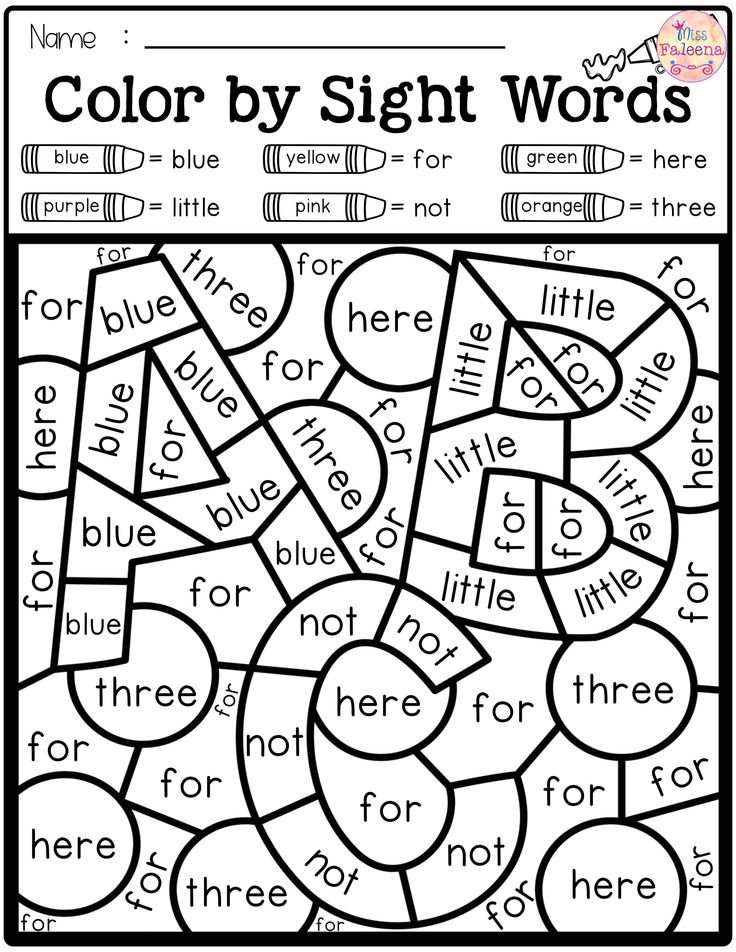
Research has shown that using strengths at work makes people happier. And at the same time it increases energy levels.
The longer a person works on what he can do, the more cheerful, happier he is, and the more he respects himself. Using your strengths makes you smile, learn interesting things.
According to the Gallup Institute, positive assessments of the past day, depending on the number of hours spent on favorite activities, as a percentage of the number of respondents, are distributed as follows:


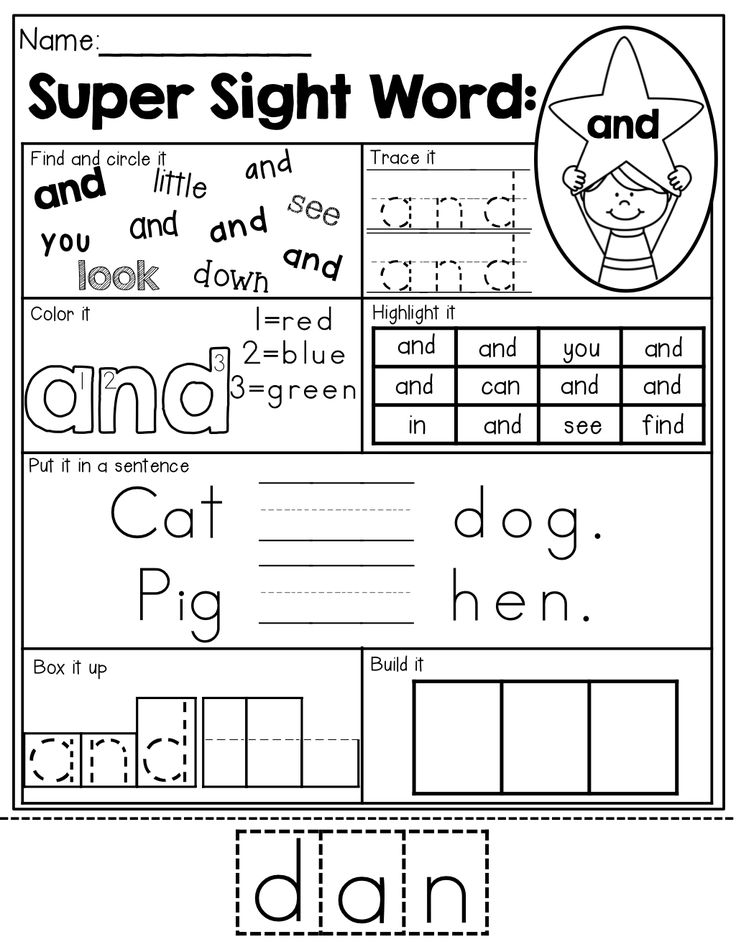 No sitting in front of the TV or at the computer.
No sitting in front of the TV or at the computer. 





